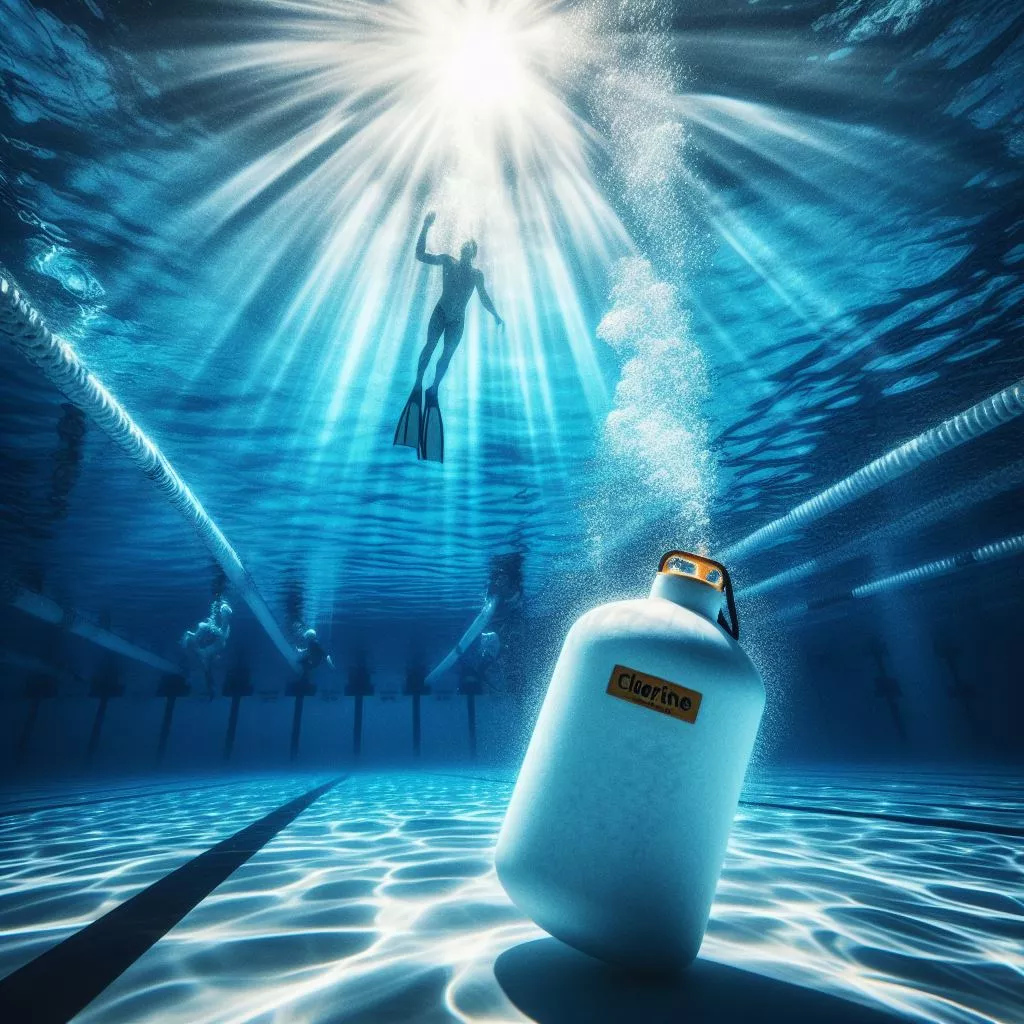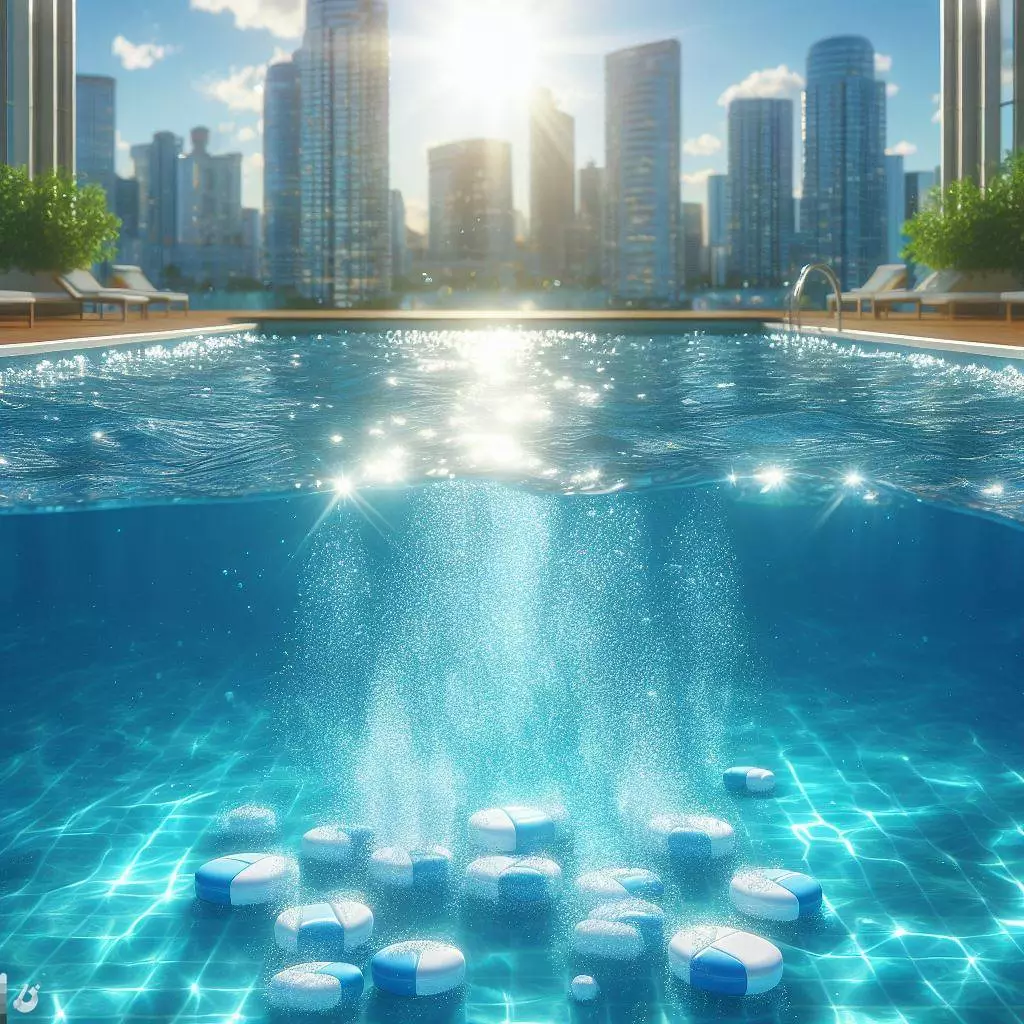Maintaining a safe swimming environment is crucial for any pool owner. One effective method for achieving this is through the use of chlorine tablets. These tablets play a vital role in disinfecting the water. By understanding their functions, you can ensure a safer swimming experience. This article will explore how chlorine pool tablets enhance pool water safety.

I. Understanding the Importance of Chlorine
Chlorine is a powerful disinfectant that eliminates harmful pathogens. It works by breaking down bacteria and viruses present in pool water. Using pool chlorine tablets helps keep the water clean and safe. Regularly adding chlorine prevents the growth of algae and harmful microorganisms. Thus, chlorine is essential for maintaining water quality.
II. Choosing the Right Chlorine Tablets
Selecting the correct chlorine pool tablets is the first step in ensuring water safety. These tablets come in various forms and strengths. You can choose from stabilized or unstabilized options. Stabilized chlorine is ideal for outdoor pools as it resists degradation from sunlight. Always check the label for concentration levels. This helps you understand how much to use.
III. Maintaining Proper Chlorine Levels
Regularly testing your pool water is essential for safety. Aim to maintain chlorine levels between 1 and 3 parts per million (ppm). You can use a simple test kit for accurate measurements. If the chlorine levels are too low, add more pool chlorine tablets. Conversely, if levels are too high, allow the chlorine to dissipate naturally. This balance is critical for effective disinfection.
IV. Distributing Chlorine Effectively
To achieve optimal results, distribute chlorine pool tablets evenly throughout the pool. You can place them in a floating dispenser or automatic chlorinator. This ensures that the chlorine dissolves slowly and uniformly. Avoid placing tablets directly in the skimmer, as it can damage the filter. Proper distribution enhances the effectiveness of chlorine in eliminating contaminants.
V. Monitoring Water pH Levels
Chlorine works best at specific pH levels. The ideal pH range for pool water is between 7.2 and 7.8. If the pH is too high or too low, chlorine may become less effective. Test your water regularly to maintain the appropriate pH. If needed, use pH increasers or decreasers to adjust the levels. This helps ensure the chlorine remains effective in disinfecting the water.
VI. Regular Pool Maintenance
Routine maintenance plays a vital role in ensuring water safety. Keep the pool clean by removing debris and leaves regularly. Use a pool skimmer to clean the surface. Vacuum the bottom to remove dirt and algae buildup. This complements the action of pool chlorine tablets. A clean pool reduces the workload on chlorine, allowing it to function more effectively.
VII. Shock Treatment for Water Clarity
Occasionally, you may need to perform a shock treatment. This involves adding a higher dose of chlorine to the water. Shocking the pool helps eliminate contaminants that regular chlorine levels may miss. It is especially important after heavy use or after a rainstorm. Follow the manufacturer’s instructions when using chlorine pool tablets for shock treatments. This ensures safe and effective results.

VIII. Understanding Chlorine Demand
Chlorine demand refers to the amount of chlorine required to disinfect the water. Factors such as sunlight, organic matter, and swimmer load affect this demand. If you notice your chlorine levels drop quickly, you may have high chlorine demand. In such cases, consider using a higher concentration of pool chlorine tablets. Regular monitoring can help you adjust accordingly.
IX. Using Additional Pool Sanitizers
While chlorine pool tablets are effective, consider using additional sanitizers for enhanced safety. Options include bromine, ozone, and UV systems. These alternatives can complement chlorine’s disinfecting power. They help reduce the overall chlorine demand and improve water quality. Explore these options based on your pool type and usage.
X. Educating Swimmers on Safety
Educating swimmers about pool safety is crucial for maintaining a safe environment. Encourage them to shower before entering the pool. This helps remove lotions, sweat, and other contaminants. Additionally, remind swimmers to avoid swallowing pool water. Providing guidelines can improve water quality and safety for everyone.
XI. Implementing Regular Inspections
Conducting regular inspections of your pool equipment is vital. Check the filtration system, pumps, and other components for proper functioning. Ensure the chlorine dispenser is working correctly and supplying consistent levels. Regular maintenance prevents issues that could compromise water safety. Always address any concerns immediately to avoid larger problems.
XII. Staying Informed about Pool Regulations
Lastly, stay informed about local pool regulations and safety standards. These guidelines may change based on health department recommendations. Complying with regulations ensures you maintain a safe swimming environment. Regularly review the standards for chlorine usage and water quality.
XIII. Conclusion
In conclusion, using pool chlorine tablets is an effective way to improve water safety. By understanding how to select, distribute, and maintain chlorine levels, you can ensure a clean swimming environment. Regular maintenance and education about safety are equally important. By combining these strategies, you can create a safer swimming experience for everyone. Remember that water safety is an ongoing commitment, and proper chlorine management is key to success.

 Instant
Quote
Instant
Quote Email
Us
Email
Us